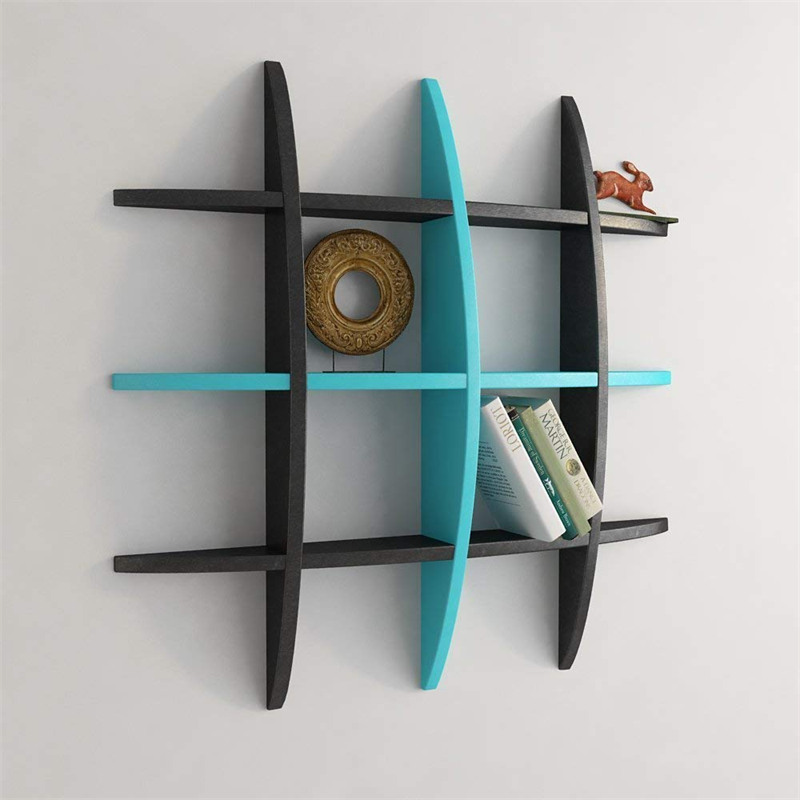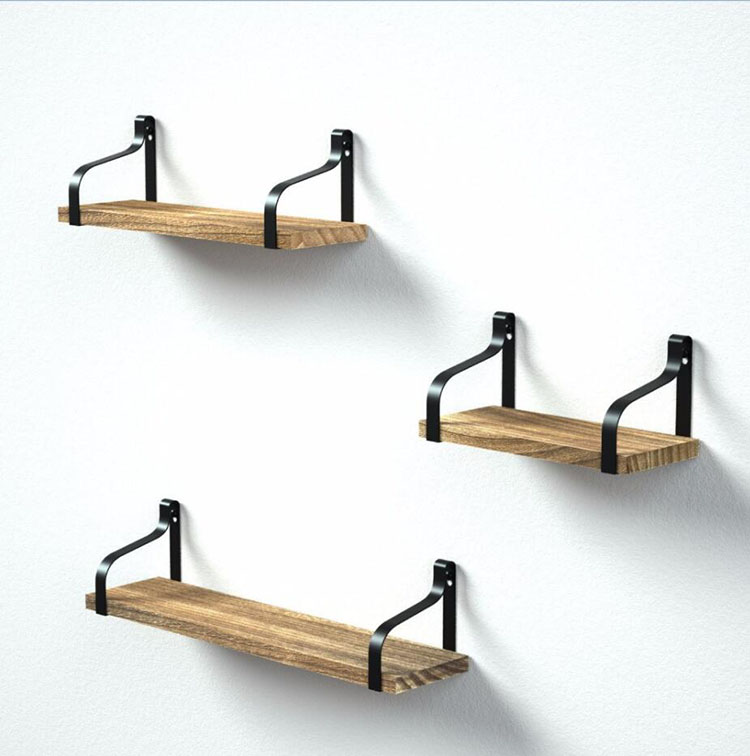Ultrasonic cleaner adopts the principle of ultrasonic cleaning, which can achieve comprehensive cleaning effects of objects, especially the deep hole, blind hole, concave and convex groove cleaning is the best equipment, does not affect the material and accuracy of any object. At the same time in biochemistry, physics, chemistry, medicine, scientific research and colleges and universities can be used for extraction, degassing, mixing, cell smashing, nano-decomposition purposes.
2, principle
Ultrasonic cleaners use the frequency signal emitted by the ultrasonic generator and are converted into mechanical oscillations by the transducer and transmitted to the medium. In the cleaning fluid, powerful ultrasonic waves are used in the cleaning fluid in a dense and compact manner. Washed objects radiate. The phenomenon of "cavitation" occurs, that is, in the form of "bubbles" in the cleaning liquid, cracking occurs. When “cavitation†reaches the moment when the surface of the washed object is broken, an impact force of more than 1000 atmospheric pressures is generated, so that the dirt in the surface, pores, and gaps of the object is dispersed, cracked, and peeled, so that the object is purified and cleaned. It is mainly used in commercial, light industry, universities and colleges, scientific research and small-batch cleaning, degassing, mixing, extraction, cell smashing, military and other purposes.
3, the main performance and features
1, attached solution heating automatic device, temperature control range: room temperature
2, attached ultrasonic cleaning timer device, 1 to 60 minutes arbitrarily set.
3, there are four ultrasonic frequencies, one can be optional.
4, the scope of application and role
Ultrasonic cleaning instruments are widely used in electronic devices, semiconductor wafers, circuit boards, electroplating parts, optical lenses, audio heads, polyester filter cores, chemical fiber spinnerets, spinnerets, inkjet printer heads, latex molds, magnetic materials, medical Instruments, surgical instruments, glassware, photographic equipment, communication equipment, fire fighting masks, stainless steel products, gold and silver jewelry, clock and watch parts, glasses parts, sewing machine parts, precision mechanical parts, hydraulic parts, pneumatic parts, hardware tools, three-way valves, Bearings, bearings, grease nipples, oil pumps, carburetors, fuel injectors, cylinder heads, cylinder heads, cylinders, locomotive parts, cleaning, degreasing, rust removal, carbon removal and surface treatment, especially for deep holes, blind holes The cleaning of concave and convex grooves is the best equipment.
At present, there are many brands of ultrasonic cleaners popular in the market, among which the more famous ones are the VGT series produced by Shenzhen Weigute Washing Equipment Co., Ltd., and the Benteng series. There are also some other manufacturers' products, such as BEST, AOYUE, GODAK, HF, etc., with digital display (set temperature, time), the United States imported steel structure, used to clean a variety of industrial electronic components, glasses, toys, jewelry, rings.
5, ultrasonic cleaner FAQ
The common problems of ultrasonic cleaners are as follows;
1. What is "cavitation"? "Cavitation" is the phenomenon in which millions of tiny bubbles (or cavities) are rapidly formed and burst in liquids. "Cavitation" is the result of the interaction of high and low pressure waves formed by high-frequency sound waves (ultrasonic waves). In the low pressure phase, the air bubbles grow a little bit bigger, while in the high pressure phase they are compressed and imploded.
2. How can the best ultrasonic cleaning effect be achieved? There are many conditions that can determine the final cleaning effect, the most important of which is to select the appropriate cleaning fluid, clean the right time at the right temperature, and choose an appropriate size and type of ultrasonic cleaning machine.
3. Will ultrasonic cleaning damage my workpiece? Ultrasonic cleaning is safe for most parts. The energy generated by the implosion of thousands of bubbles per second is enormous, but since the energy is concentrated in an extremely small area, the entire cleaning process is safe. The most careful consideration for safety should be the choice of cleaning fluid. The potential harm to the surface of some workpieces by cleaning fluids may increase due to the use of ultrasound. Ultrasonic cleaning is not recommended for the following gemstones: Opal, Pearl, Emerald, Tanzanite, Malachite, Emerald, Lapis, and Coral.
4. What is "direct" and "indirect" cleaning? Direct cleaning usually refers to the cleaning of the workpiece in the cleaning tank filled with cleaning fluid, the workpiece is usually mounted in a hole tray or tooling basket. The limitation of direct cleaning is the need to select cleaning fluids that will not damage the ultrasonic cleaning tank. Indirect cleaning is to place the workpiece to be cleaned in a beaker or a tray without a hole. The beaker or tray contains a solution instead of being directly installed in the cleaning tank. When indirect cleaning is selected, confirm that the water level in the tank is maintained at the standard position.
5. Why do I need a special cleaning solution for cleaning? The purpose of using the cleaning solution is to break the connection between the dirt and the workpiece, and using water alone does not result in cleaning. The main purpose of ultrasonic cavitation is also the auxiliary cleaning fluid for cleaning. A cleaning fluid contains a variety of ingredients that achieve optimal cleaning results. For example, reducing the surface tension of the liquid can increase the cavitation strength, while an ultrasonic cleaning solution will contain a wetting agent or surfactant component.
6. What cleaning solution should be used? Frequently used ultrasonic cleaning fluids are a mixture containing various cleaning ingredients, wetting agents and other reactive ingredients. Choosing the right cleaning solution is essential for effective cleaning of the workpiece and eliminating undesired reactions.
7. What kind of cleaning fluid should I not use? Do not use flammable or low flash solutions. The energy released by cavitation is converted into heat and kinetic energy and generates high temperatures in the solution, which is very dangerous for flammable liquids. Acidic cleaning fluids and bleaches should normally be avoided because they can damage stainless steel tanks or create hazards, but when they are used in indirect cleaning processes, such as when large beakers are used as indirect cleaning vessels.
8. When should I change the cleaning solution? When cleaning, it can be seen that the obvious reduction of the cleaning liquid should be replaced; or when the cleaning liquid becomes significantly dirty or fails, the cleaning liquid should also be replaced.
9. Why do I have to keep the cleaning fluid within the allowable height of the level indicator? Ultrasonic cleaning systems are "tuning" systems. Improper fluid levels will change the cleaning environment, affecting the system frequency, reducing cleaning efficiency and damaging the equipment. Maintaining the proper level allows the workpiece to be placed in an optimal flow and protects the heater and the vibration chamber from damage due to overheating.
10. What is the length of cleaning time? Changes in cleaning time depend on factors such as dirt, cleaning fluid, temperature, and cleanliness requirements. When the ultrasonic cleaning was started, it became apparent that the contaminants were removed almost simultaneously. Adjusting the cleaning time is the simplest (and often misused) method to compensate for changes in the process. Although experienced operators can try to ensure the time required for a new cleaning process, it is often necessary to verify the actual application by selecting the cleaning fluid and contaminating the workpiece.
11. What is the heating device used? The enormous energy generated by cavitation generates heat, and the main purpose of the heating device is to maintain the temperature in the cleaning liquid during the cleaning process.
12. What is the best cleaning temperature? Heating usually provides the speed of cleaning. At the same time, the chemical components in most cleaning solutions will achieve the best cleaning effect at a certain temperature. The best way to find the best temperature is to experiment. In general, the optimum cleaning temperature will be between 50 °C and 65 °C.
7, ultrasonic cleaner common fault judgment
When the ultrasonic cleaner malfunctions and cannot be used normally, the following eight conditions are generally common. In view of these eight conditions, analysis and detection are performed:
First, the insurance damage: If you find no power display, no action, first look at the power seat insurance is damaged.
Analysis: It may be that the user's grounding wire is mixed with the live wire or the neutral wire, and it is not grounded (this unit's ground wire is connected to the machine's enclosure). It may also be a short circuit of the machine. A short-circuit may occur due to the aging of the components, resulting in insurance damage.
Test: Take out the insurance watch, if there is any breakage, use a multimeter to measure if it is disconnected, replace the new device.
Second, the transducer is damaged:
Analysis: May be due to a long time in the boot state, the temperature will gradually rise leading to colloid melting transducer off or ceramic fracture of the transducer.
Detection: Measure the dielectric strength of the transducer with a rocker. The dielectric strength is below 200MΩ. The transducer must be replaced.
The internal ceramic of the transducer can also break due to long-term use, making it unable to work properly.
Third, power tube damage:
Analysis: The power tube on the motherboard will cause short circuit in the power tube because the machine is used for a long time or the cleaning liquid is too little for a long time.
Detection: When the power tube is connected on the main board, use a multimeter to measure the resistance of the two sides of the power tube. Normally, the resistance should be about 22Ω. After the power tube is removed (disconnected from the motherboard), measuring the pins between them should be impracticable.
Fourth, the regulator tube is damaged
Analysis: The damage of the voltage regulator is generally caused by a small power transistor resistance or a short circuit, which is caused by the start-up. It is rarely damaged.
Detection: According to the diode characteristics, forward conduction, reverse end. Measured with a multimeter diode, forward resistance of about 70Ω, reverse ∞. If the value deviation is too large or the forward resistance is also ∞, replace the new regulator.
Fifth, the damage of the bridge (diode rectifier circuit)
Analysis: Same Regulator Condition
Detection: also based on diode characteristics (bridge itself is composed of diodes)
Sixth, control board damage (adjustable ultrasonic cleaner)
Analysis: The long-term continuous work, the aging of the components, and sometimes it will infiltrate the cleaning solution.
Detection: Disconnect the control board from the main board when the machine is not working. Power on the motherboard. If the machine is working, the control board is damaged and needs to be replaced.
VII. Damage of Inductor and Isolation Transformer
Analysis: Because the machine works for a long time, the inductor and the transformer are heat-dissipating components, which may themselves be melted due to excessive temperature, burned, and cause a short circuit.
Inspection: Inductor and transformer damage. In most cases, the trace of burnout can be seen visually. Replace the new device.
Do not worry when the ultrasonic cleaner fails. Solve the problem according to the above analysis and test. More questions can be made by calling professional ultrasonic cleaning machine manufacturers, such as Shenzhen Weiguute Washing Equipment Co., Ltd., which has completely independent intellectual property rights and implements "turnkey projects."
Wall Mounting Shelf,Wall Mount Corner Shelf,Wall Mounted Floating Shelf,Wall Mounted Shelf,Wall Mount Shelves Set,Floating Corner Shelves,Rustic Decorative Shelves,Wall Corner Shelves


